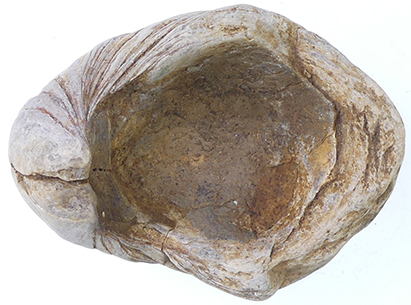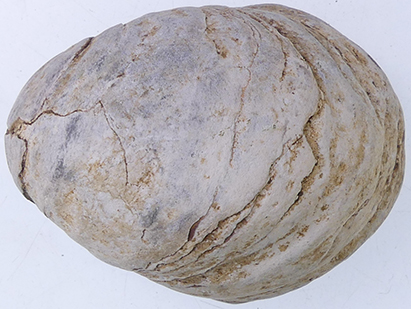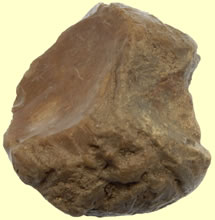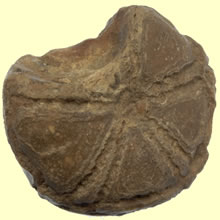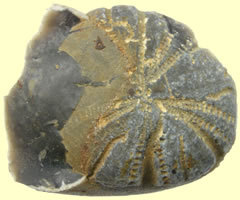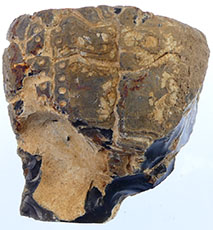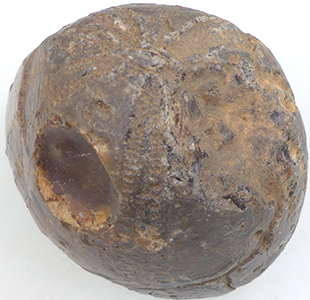

Metal detecting holidays in England with the World's most successful metal detecting club.20 years plus.
Twinned with Midwest Historical Research Society USA.
Fossils |
Devils Toenail's 'Gryphaea'Also known as ‘devil’s toenails’, they are an extinct species of oyster commonly found in England. It is said in folklore they were created when the devil clipped his toenails, due to their curved, ridged appearance being similar to a nail. They lived in large colonies in warm shallow waters and sat on the sea-floor with their shells half buried in the mud. 5-7cm approx. Period: Jurassic
450 million year old fossils Sea Urchin EchinoidEchinoids (sea urchins and sand dollars) are echinoderms, related to sea stars and crinoids. All echinoderms have external skeletons made of numerous plates of the mineral calcite (a form of calcium carbonate), and a unique water vascular system that drives most of their motion. Echinoids have rounded or flattened shells, called tests, which bear numerous spines. Tiny tube feet, connected to the water vascular system, extend through holes in the test and allow the animals to move on or within the sea floor. All echinoids exhibit the characteristic five-fold symmetry of echinoderms. |
|
 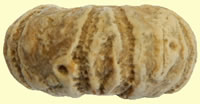  |
|
450 million year old fossil Sea Urchin Echinoid |
|
|
|
CephalopodsCephalopods, such as squid, octopods, nautiloids, ammonoids (see below), and belemnites, are mollusks with tentacles and beak-shaped mouths for catching prey. Some cephalopods such as belemnites and living cuttlefish have internal shells, while others have straight or coiled shells, such as those of ammonoids or nautiloids. Still other cephalopods, such as the octopus, have no shell. The mass extinction at the end of the Cretaceous (famous for eliminating the non-avian dinosaurs) also eliminated belemnites and ammonoids, which had been extremely diverse during the Mesozoic. |
|
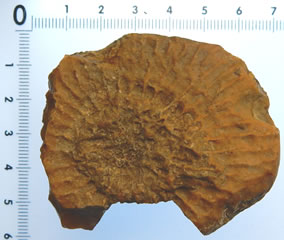  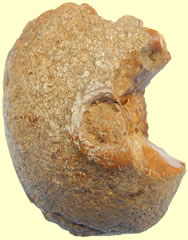 |
|
Amaltheus fossil 190-185 million years old |
|
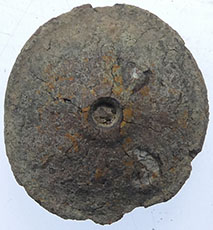 |
 |
| ? | Pecten gibbus 1.8 million years ago |
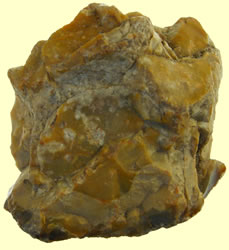  |
|
Clade Monocots |
|
 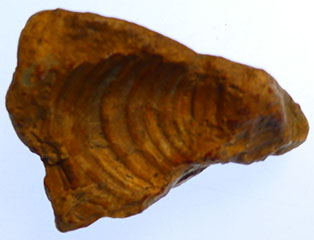 |
|
| ?100 million years old Late Cretaceous period bivalve fosiil | |
  |
|
| Fossil asymmetric rhynchonellid - Torquirhynchia inconstans | |
  |
|
| 100 million years old Late Cretaceous period bivalve fosiil | |
Septarian Nodules
Septarian nodules are distinctly sphere-like concretions that are characterized by a series of cracks that widen towards the center and die out towards the sides of the concretion. These radiating cracks are often crossed by a series of concentric cracks giving them a "turtle-back" appearance. Dehydration of the concretion creates the cracks which then are filled with another crystalline cement, such as calcite or silica. They can range in size from 10 to 100 cm in diameter and usually are made up of a large component of iron. |
|
100 million years old Late Cretaceous period bivalve fosiil |
|
Fossil asymmetric rhynchonellid - Torquirhynchia inconstans The Mesozoic is divided into three time periods: the Triassic (245-208 Million Years Ago), the Jurassic (208-146 Million Years Ago), and the Cretaceous (146-65 Million Years Ago).
|
|
 |
|

